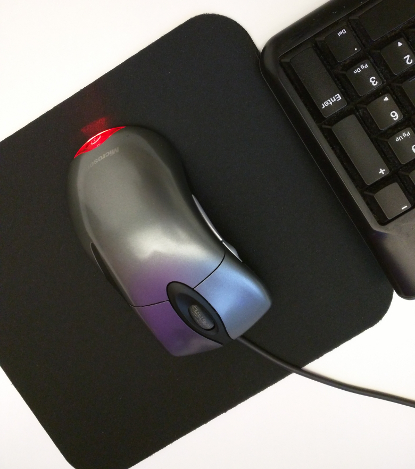What exactly is click fraud? This is one question we get ALL the time as pay per click managers. As pay per click managers, we make it our job to ensure that the budget you give us for your pay per click campaign is optimized to it’s fullest potential. Meaning that we are aiming to driving as many conversions as possible choosing the proper keywords, bidding as competitively as possible, choosing the proper creatives, and keeping your CPA as close to your objectives as possible. So a fraudulent clicks are clicks that occur for reasons other than that user being interested in the product or service offered.
Any business, no matter how carefully you optimize and monitor the pay per click campaign, will have some fraudulent clicks. The key is to keep the fraudulent clicks to a minimum using the following strategies:
1. Target: Try to utilize the geographical tools as much as possible. In other words, don’t target the entire United States if you are just trying to get new customers at a local hair salon in Santa Monica. Instead, target either ONLY Santa Monica for an extremely targeted campaign, or target Los Angeles.
2. Check the IP Addresses: When you look at the IP addresses that are clicking on your pay per click ads, they should ALL be different. It’s a fairly obvious concept, your ad shows up for unique users EVERY time, so there should never be duplicate IP addresses and if there are, you are a victim of fraudulent clicks which means you’ll have to take further action. If you happen to check the IP addresses and you find duplicates, you might want to just pause your account until you can figure out the next steps to take, this will avoid wasting your PPC budget.
3. Monitor: This is definitely the most simple strategy to help you in protecting yourself against fraudulent clicks. You should be monitoring your pay per click campaigns on a daily basis and keep an eye out for any irregular spikes in clicks. If one day you are getting around 100 clicks and then the next day you’re bumped up to 400+ for no apparent reason, you’re going to want to delve in deeper and check out the IP addresses these clicks are coming from.
